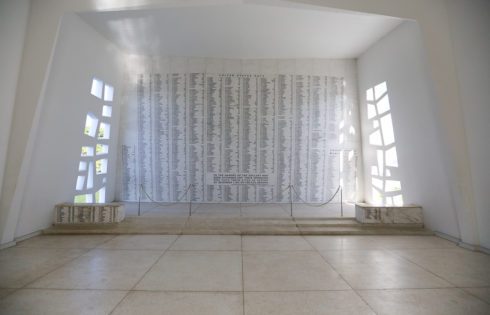
USS Arizona Memorial: What to Expect from Your Visit to Pearl Harbor
1,177. That’s the number of lives lost on the USS Arizona on the day that would forever live in infamy. Today, the USS Arizona Memorial pays tribute to these lives

1,177. That’s the number of lives lost on the USS Arizona on the day that would forever live in infamy. Today, the USS Arizona Memorial pays tribute to these lives
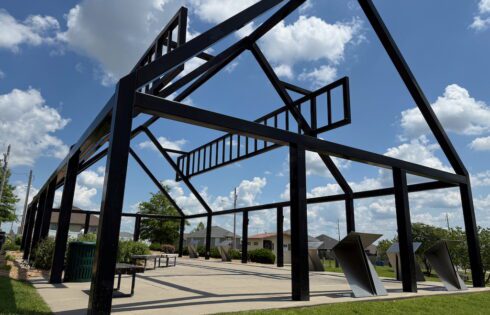
Tucked into southern Missouri lies a place of quiet reflection and powerful remembrance—the Joplin Memorial. This peaceful site stands on ground that, just over a decade ago, was unrecognizable. On
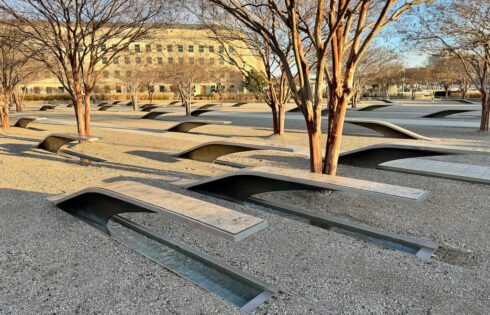
The mention of September 11, 2001, inevitably stirs a complex mix of emotions. On our initial trip to Washington DC, we regrettably missed the Pentagon, so during our most recent
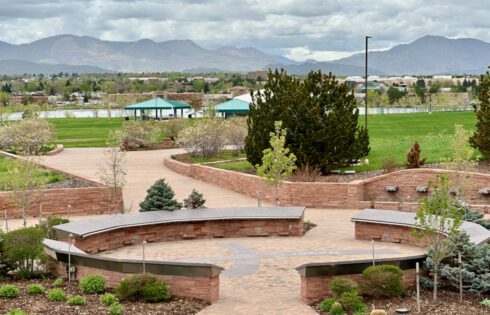
The Columbine massacre remains etched in our collective memory due to its unprecedented nature and the unfathomable evil that unfolded. But if you are ever in the Denver area, there
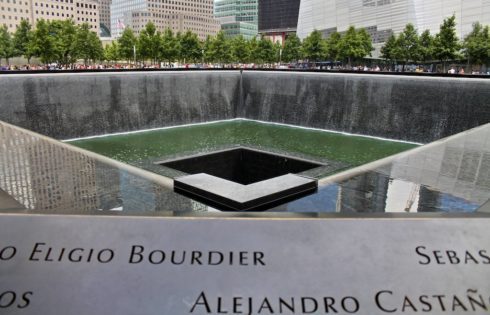
In the process of planning any travel itinerary, I usually carve out time to visit various memorials when possible. The reason behind this deliberate choice is simple: I’ve discovered these
| Cookie | Duration | Description |
|---|---|---|
| cookielawinfo-checkbox-analytics | 11 months | This cookie is set by GDPR Cookie Consent plugin. The cookie is used to store the user consent for the cookies in the category "Analytics". |
| cookielawinfo-checkbox-functional | 11 months | The cookie is set by GDPR cookie consent to record the user consent for the cookies in the category "Functional". |
| cookielawinfo-checkbox-necessary | 11 months | This cookie is set by GDPR Cookie Consent plugin. The cookies is used to store the user consent for the cookies in the category "Necessary". |
| cookielawinfo-checkbox-others | 11 months | This cookie is set by GDPR Cookie Consent plugin. The cookie is used to store the user consent for the cookies in the category "Other. |
| cookielawinfo-checkbox-performance | 11 months | This cookie is set by GDPR Cookie Consent plugin. The cookie is used to store the user consent for the cookies in the category "Performance". |
| viewed_cookie_policy | 11 months | The cookie is set by the GDPR Cookie Consent plugin and is used to store whether or not user has consented to the use of cookies. It does not store any personal data. |
